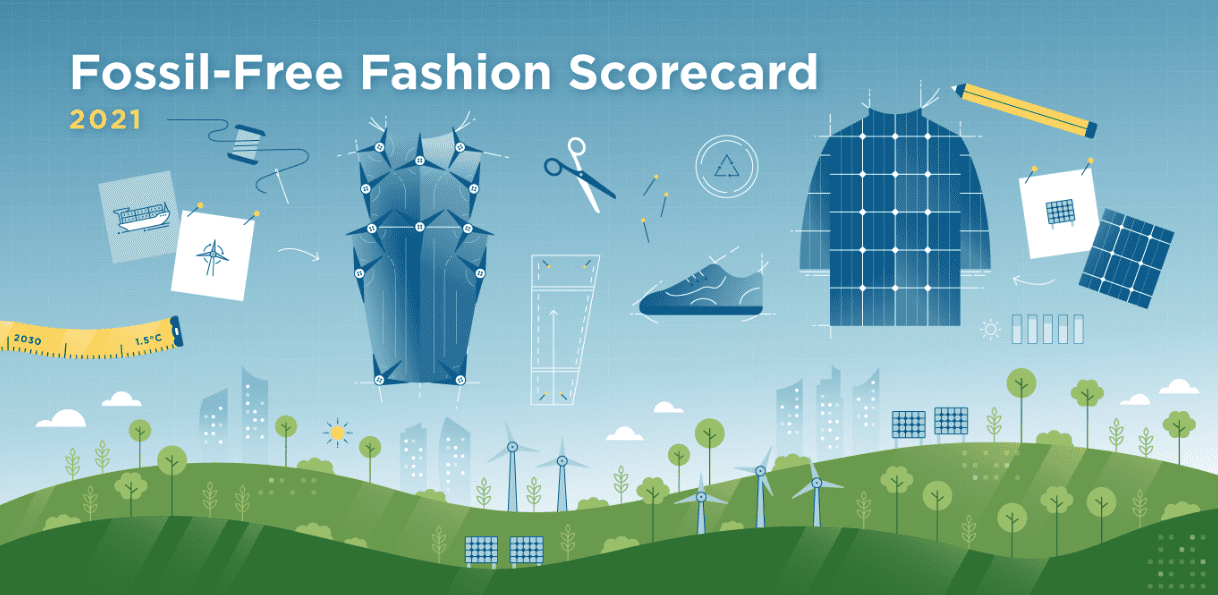
With the Trans-Pacific Partnership (TPP) trade agreement, of which Vietnam is a member, is expected to reach its conclusion later this year, the Southeast Asian country is emerging as the hot destination for investment. No wonder, the textile industry is seeing a lot of investments pouring in to take advantage of the ensuing opportunity.
Investors attracted to the textile sector

Out of the $5.85 billion of investment received by Vietnam during the first seven months of 2015, the textile sector represents over one billion, according to the Foreign Investment Department of the Ministry of Planning and Investment. This includes three major projects—the first is Turkish, for the production of fibre Dong Nai, a fund of $ 660 million. Second is Taiwan, which manufactures auxiliary industrial products for textiles and clothing from the Far Eastern Polytex sarl in Binh Duong, which is 274 million. And the third is Hong Kong, which is the plant fibre and colourful fabrics Luen Thai to Tay Ninh (160.8 million).
Luen Thai is the largest group of textile and clothing from Hong Kong (China). In Vietnam, this group will strengthen its investments in production as it is convinced of good prospects that it offers with regard to the future Trans-Pacific Partnership Agreement (TPP). After the reform of the Generalised System of Preferences (GSP) proposed by the US, the Hong Kong group has fully evaluated the benefits that products manufactured in Vietnam will benefit from the end of 2016.
Besides, a large number of Japanese investors are interested in the textile sector, with over 60 per cent of more than 500 Japanese companies surveyed reported having an investment plan in Vietnam. The industrial areas of the southern provinces of Long An, Binh Duong, Dong Nai and Tay Ninh, are the privileged sites chosen by Japanese companies.
Other Asian investors join the bandwagon
Apart form Japan, investors from South Korea, China, Hong Kong (China) and Taiwan (China) are flocking to the textile industry. Exports are expected to increase by 50 per cent. The signing of trade agreements has stoked the interest of many investors interest in the textile sector, which has great advantages in terms of exports to the European Union (EU), the United States, Japan and the Republic of Korea, says economists.
American and European investors are also particularly attracted to the Vietnamese textile industry. Julia K. Hughes, President of the Association of American fashion industry (USFIA) says that Vietnam is considered the country with most benefits in the TPP with low cost of its labour, its large-scale production and export capacity. It is just behind China, India, Bangladesh and Brazil.
Vietnamese textile will have no competition in terms of price with the elimination of taxes imposed on textile products from Vietnam to the US, Japan and the EU. The TPP is a proposed regional free trade agreement aimed at eliminating tariffs and lowering non-tariff barriers that is being negotiated by 12 countries throughout the Asia-Pacific region, which collectively contribute almost half of global output and over 40 per cent of world trade. The 12 countries include Australia, Brunei, Canada, Chile, Japan, Malaysia, Mexico, New Zealand, Peru, Singapore, the United States and Vietnam.












